Moving to the other side of the island, towards the west, there is the Church of Sant'Antonioda Padova, the protector of Anacapri (it is also known as the “church of the sailors”), which has a seventeenth-century layout and has been restored and enlarged in 1899. The church, equipped with a small panoramic terrace, is located on the path that crosses the so-called Scala Fenicia.
Once in the historic centre, from Piazza Vittoria, proceeding along the pedestrian street to the left of the war memorial, you will find the Casa Rossa (Red House), due to its unmistakable Pompeian red colour. Made with various architectural styles, inspired by late nineteenth-century collecting, it has mullioned windows and battlements, incorporates a sixteenth-century Aragonese tower with a square plan and, inside, has the characteristic porticoed courtyard. Its history is linked to the story of the American general John Clay H. Mac Kowen, who landed on Capri after the American Civil War and remained there for twenty-three years. His life has similarities with that of Axel Munthe, who also transformed Villa San Michele into a house museum, where he collected and kept numerous archaeological finds, including epigraphs, bas-reliefs and ancient statues recovered here and there on the island. The Red House hosts a permanent exhibition with canvases by Italian and foreign masters, a collection that was purchased by the Municipality of Anacapri thanks to the offer of Spiridione and Savo Raskovich, two enthusiasts who have collected and preserved works dedicated to Capri. Since 2008 there are also the three Roman statues found in 1964 and 1974 in the Blue Grotto.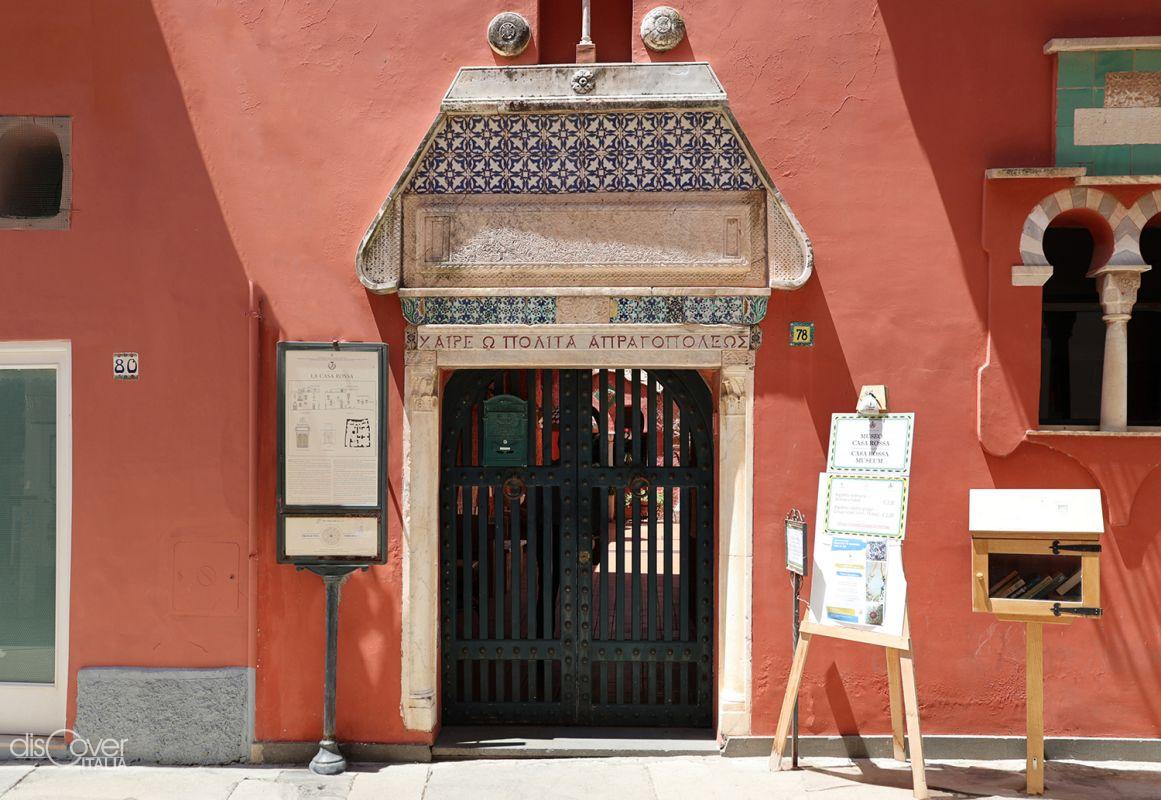
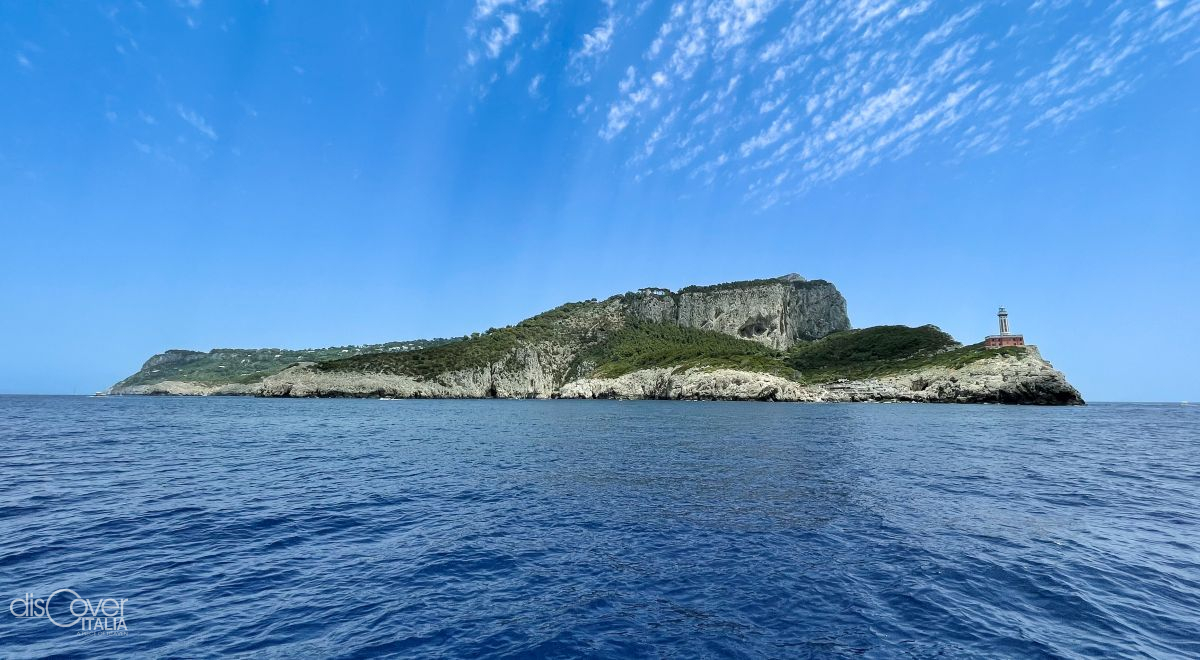 Villa San Michele is one of the most visited places ever: it is located in the Capodimonte area, five minutes from the centre. Part of it was built on Roman ruins, with a personal project by Axel Munthe, the Swedish doctor and writer (1857-1949) author of the famous autobiographical novel "Storia di San Michele". According to some it is a sort of "personal madness", on the basis of what inspired Count Fersen, due to the eclectic, controversial and fascinating style of architecture. The Villa is managed by the Axel Munthe “San Michele” Foundation. The villa complex also includes the Barbarossa Castle, a naturalistic oasis with extraordinary vegetation.
Villa San Michele is one of the most visited places ever: it is located in the Capodimonte area, five minutes from the centre. Part of it was built on Roman ruins, with a personal project by Axel Munthe, the Swedish doctor and writer (1857-1949) author of the famous autobiographical novel "Storia di San Michele". According to some it is a sort of "personal madness", on the basis of what inspired Count Fersen, due to the eclectic, controversial and fascinating style of architecture. The Villa is managed by the Axel Munthe “San Michele” Foundation. The villa complex also includes the Barbarossa Castle, a naturalistic oasis with extraordinary vegetation.
Remaining in a landscape-naturalistic context of enormous charm, the excursion to Monte Solaro is essential. There is the hermitage of Santa Maria a Cetrella, and possibly a walk to the Passetiello, which was once the only and difficult connecting road between Anacapri and Capri. During the French occupation, in 1808, the Passetiello covered a strategic role, because it allowed the passage of troops from one municipality to another. The top of Solaro, on the other hand, can be reached on foot or, more comfortably, by chairlift, taking the right from Piazza Vittoria along via Caposcuro. In the valley between Monte Solaro and Monte Cappello with an unforgettable view of the enchantment of Marina Piccola, lies the hermitage which owes its name to lemon verbena, the aromatic herb. An exclusive corner of solitude and contemplation, chosen for this by the Dominican hermits at the end of the 15th century. Attached to the convent is a small church with a square bell tower, which is an example of Capri late Gothic architecture. Here the ancient rites of devotion of the coral fishermen were celebrated.
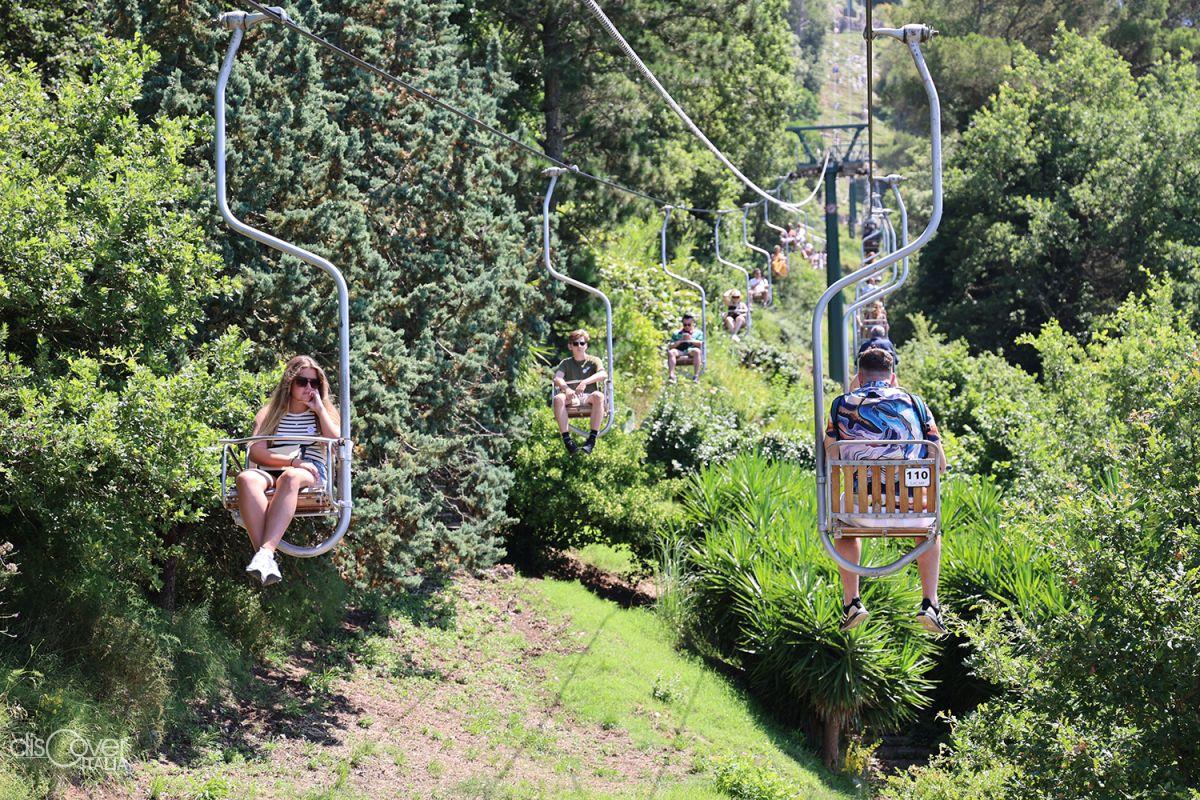
In the collective imagination, the Blue Grotto represents one of the most famous places in the world. It was explored on April 18, 1826 by four legends, including the German painter August Kopisch.
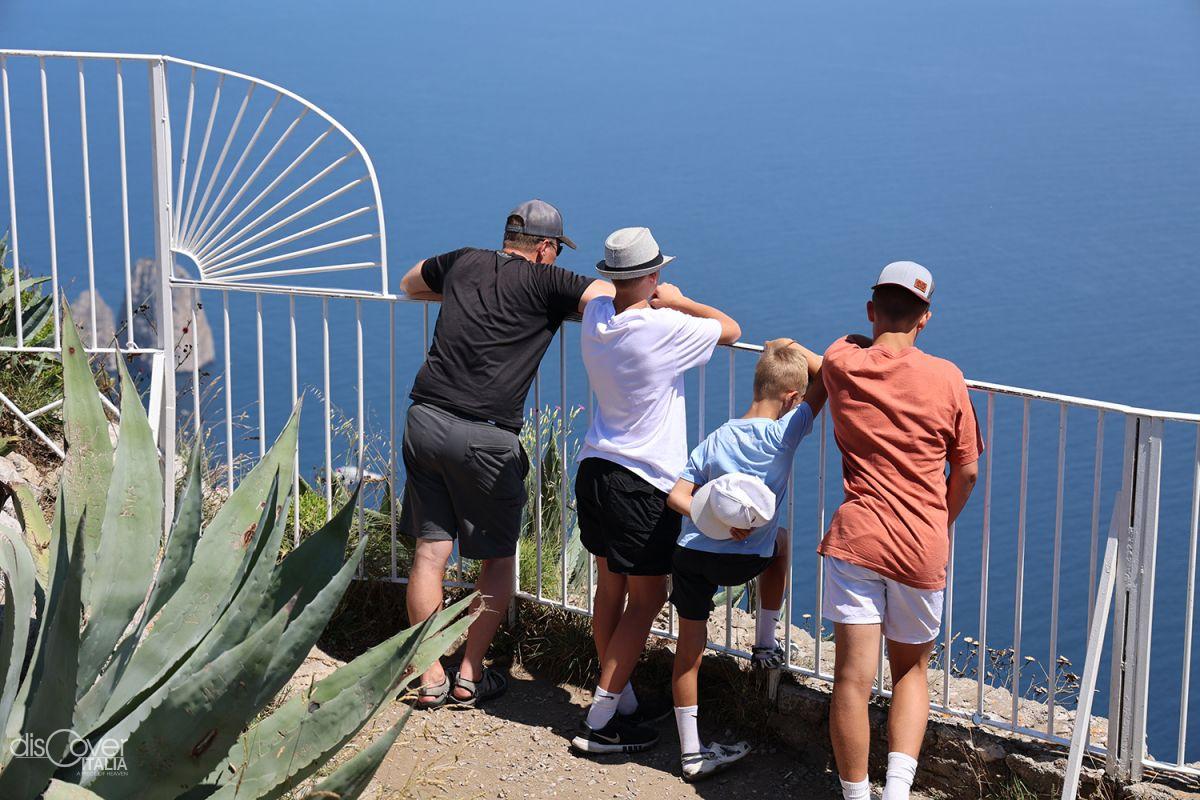
Dulcis in fundo, Le Boffe, the seventeenth-century neighborhood described by Maiuri, is definitely worth a visit. The name, “le boffe“, seems to come from the Capri dialect, because this is how the bubbles under the crust of the bread are indicated; but, for others, the term comes from a deformation of d'Elboeuf, the commander of the French garrison on the island.


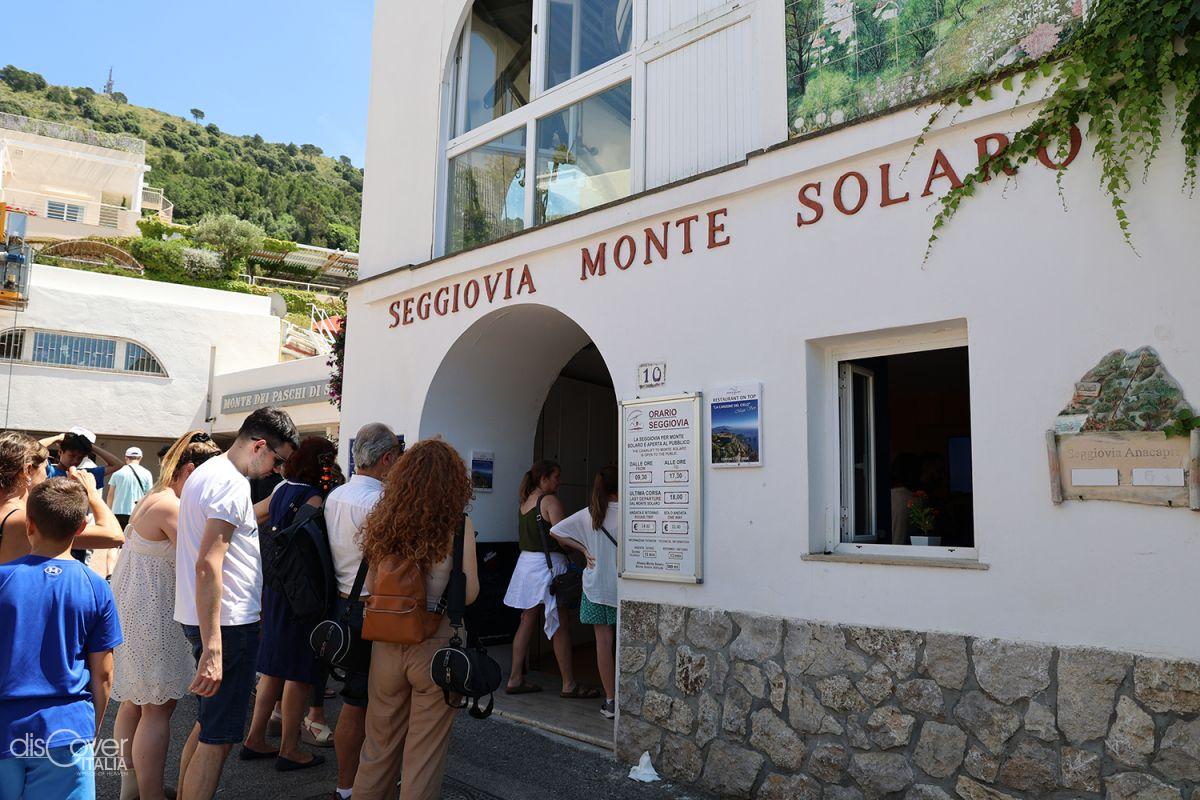

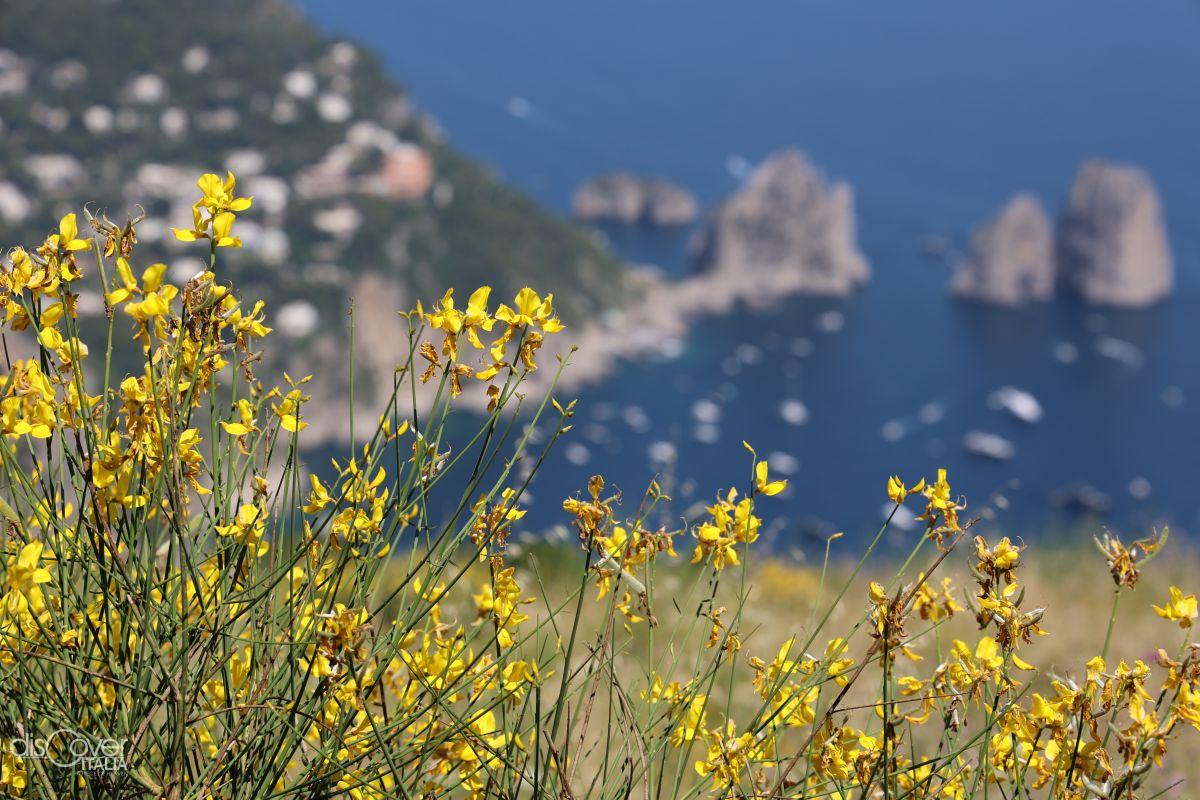
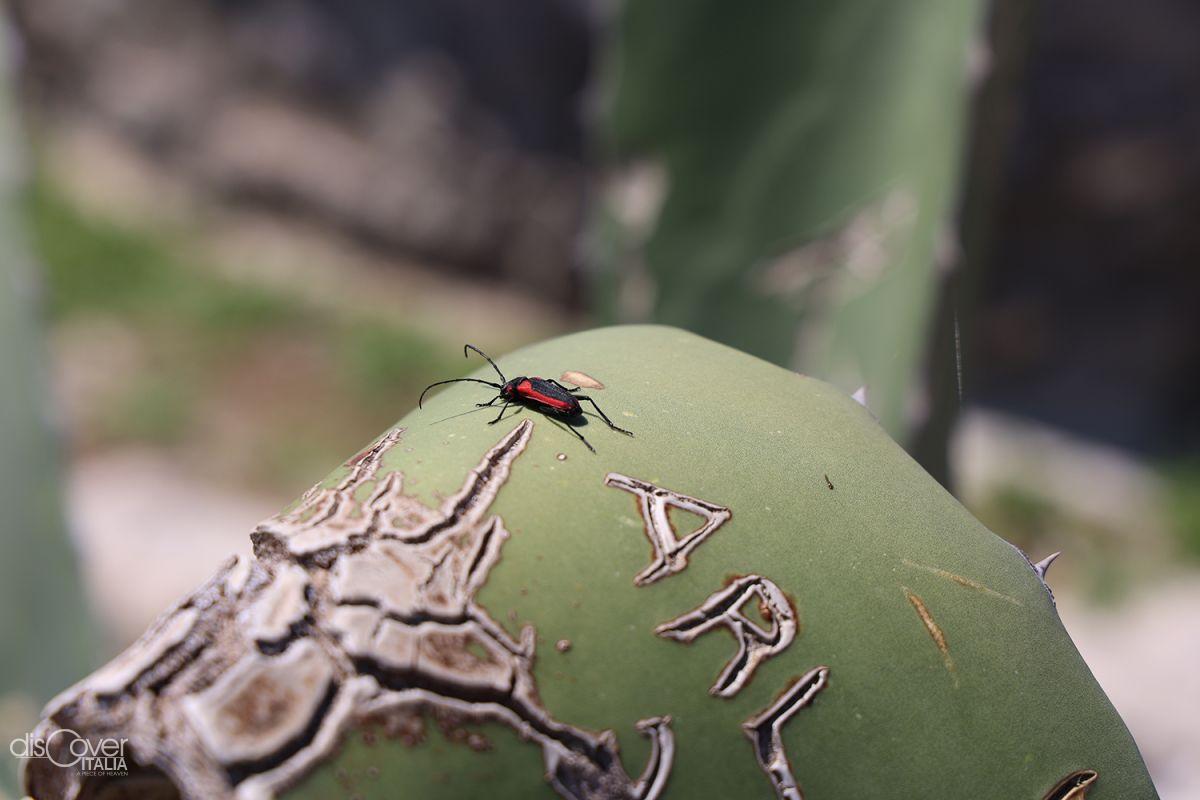


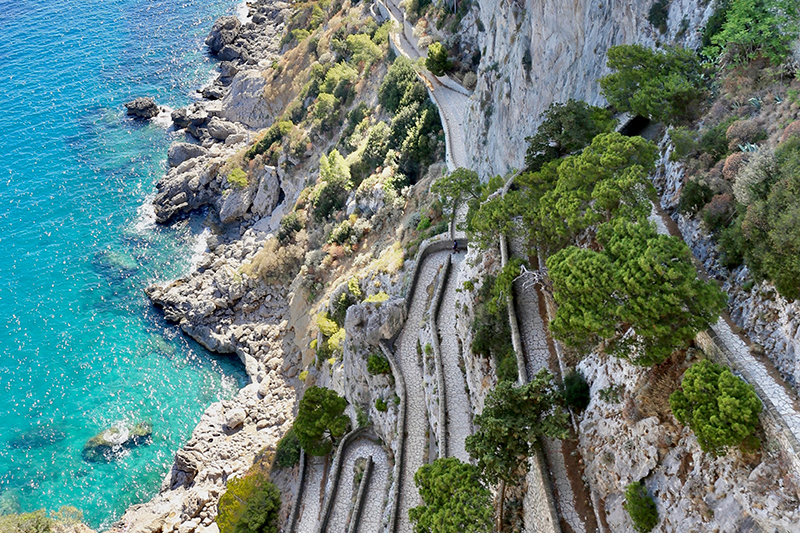
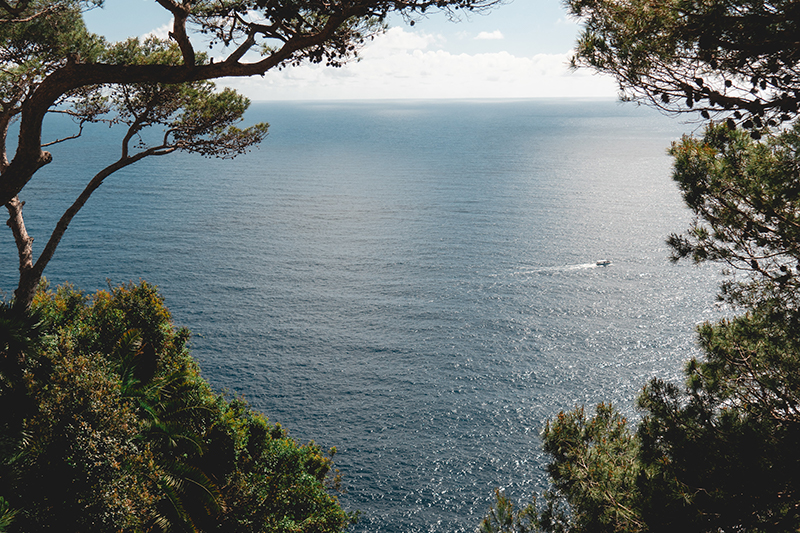


Comments powered by CComment